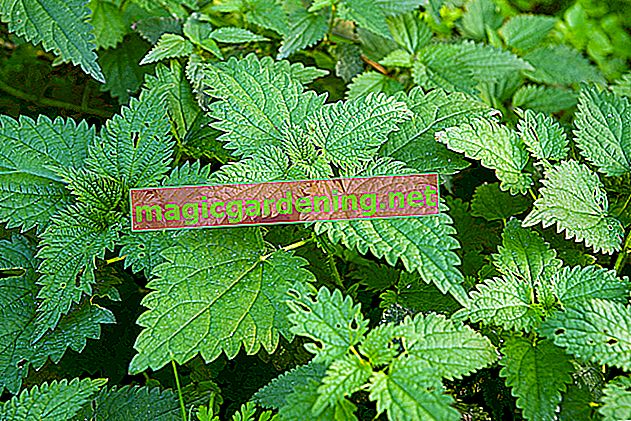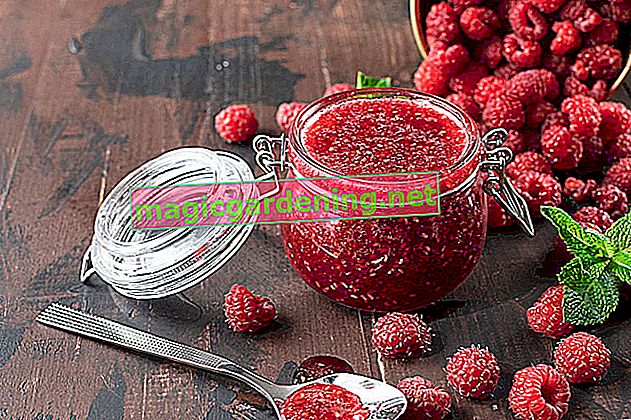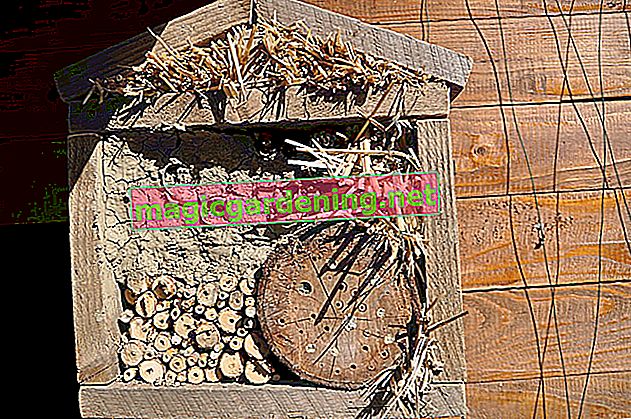
The leaf of the hazelnut
A hazelnut tree can be clearly identified based on its leaves.
- Round to ovate leaf shape
- Light to medium green color
- Sawn leaf edge
- Busy with tiny hairs
- Alternate on the bush
also read
- The edible dead nettle as an enrichment of the menu
- Gundermann is an edible medicinal plant
- Collect edible mushrooms
Collect hazelnut leaves
The best time to collect leaves is from April to June. Then they have a fresh, green color and are still very soft and tender. Leaves picked later are leathery and not suitable for consumption.
Only the leaves that become velvety when you stroke them are collected.
Only pick the leaves from a hazelnut tree that is not directly on the road. Trees or hazelnut hedges that you have planted in the garden yourself are best for collecting.
Collect leaves to dry
If you want to make tea from hazelnut leaves, you can still pick leaves from the hazelnut tree later in the year.
Only use whole leaves that are fresh to the touch. You should leave hazelnut leaves with holes or a pitted edge on the hazelnut tree. Insects are often present on them, which make the leaves unusable when they dry.
Place the collected leaves in an airy place to dry. You should avoid direct sunlight as the leaves are too leached.
Hazelnut leaves as a tea
The leaves of the hazelnut tree contain essential oils and a phytosterol called sitosterol. It is used in naturopathy to reduce cholesterol and for intestinal problems.
For tea, two grams of dried and chopped hazelnut leaves are scalded with 100 milliliters of boiling water. The tea should steep for ten minutes and is then drunk hot.
Using the leaves in the kitchen
Hazelnut leaves can be used in the kitchen in a similar way to grape leaves. The taste is a little milder. To make the leaves supple, they are blanched for a very short time in hot water and then rinsed with cold water.
The leaves can be served with a filling as a snack. They go particularly well with hearty game dishes.
Hazelnut leaves don't taste good raw, they only get their aromatic taste through blanching.
Preserve hazelnut leaves by adding them
In order to preserve leaves picked in spring for a longer period of time, you can soak them in a solution of good cooking oil and salt.
Before doing this, you should clean and blanch the leaves well.
They keep for several months in an airtight jar. They taste good in salads or as a refinement for vegetable side dishes.
Tips & Tricks
Hazelnut leaves are not only healthy for people as a tea or as an addition to salads and other dishes. Rodents such as rabbits also appreciate the fresh and dried leaves as valuable additional food.
Ce








